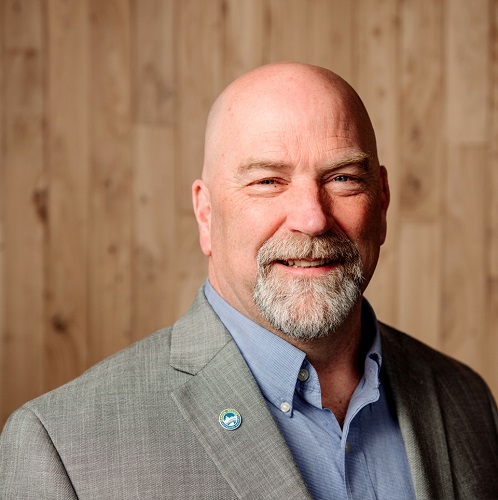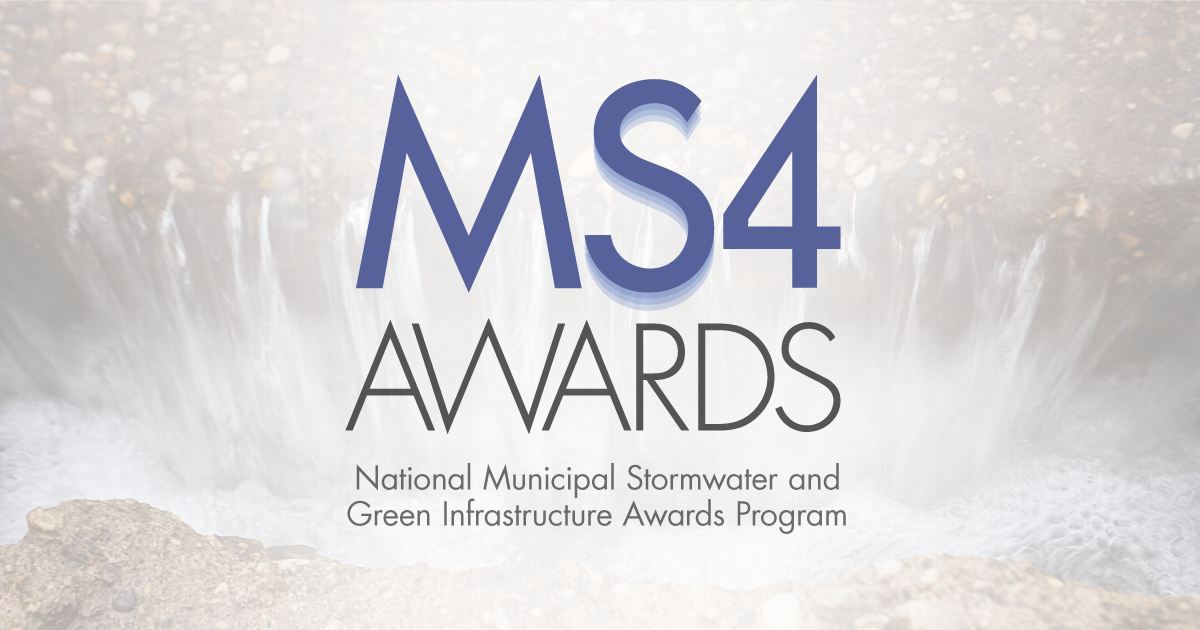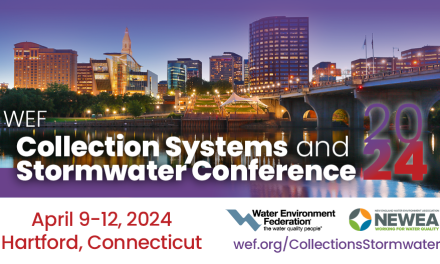Last year, the Water Environment Federation (WEF; Alexandria, Virginia) Stormwater Institute named the Capitol Region Watershed District (CRWD; St. Paul, Minnesota) as one of the overall winners of the 2020 National Municipal Stormwater and Green Infrastructure Awards. Judges recognized CRWD for its progressive approaches to infrastructure construction, public outreach, and long-term planning.
With the nomination period for the 2021 National Municipal Stormwater and Green Infrastructure Awards open now, Mark Doneux, CRWD administrator, joined the Words on Water podcast to discuss the organization’s recent projects and forward-looking perspectives on stormwater management.
“We have few waterbodies left in our community, and that limits the community’s connection to water,” Doneux said. He explains that the densely populated CRWD service area contains about 100 km2 (40 mi2) or urbanized space.
“We seek to reconnect our community with its water resources, including the Mississippi River, by physically restoring some of these resources as well as communication and engagement to bring water back into the consciousness of our community,” he said.
Institutionalizing Green Infrastructure
CRWD’s service area boundaries are set by the hydrological borders of the Capitol Region watershed rather than political jurisdictions, Doneux said. He estimates that approximately 1 in 20 Minnesotans receive stormwater services from CRWD, encompassing parts of five of Minnesota’s most-populated cities. With undeveloped space at a minimum, CRWD’s approach to controlling flooding and protecting water quality largely focuses on retrofitting the built landscape with decentralized green infrastructure.

“One of the ways we do that is through our regulatory program,” Doneux said. “We have one of the most robust stormwater regulatory programs in the country. We target redevelopment projects that disturb more than one acre, and we require volume control for 1.1 inches of rainfall. Since 2006, we’ve issued nearly 500 permits treating about 2,500 acres, utilizing about 600 of these best management practices.”
CRWD also has operated a green infrastructure-based grant program targeting watershed residents, businesses, and schools for around 20 years. The program provides as much as $40,000 per project to help locals implement such stormwater management measures as rain gardens, permeable hardscapes, and green roofs, as well as free design assistance, according to the CRWD website. According to Doneux, the grant program has facilitated approximately 1,700 green infrastructure solutions treating stormwater from more than 405 ha (1,000 ac).
CRWD’s dedication to green infrastructure is apparent in its new headquarters office building, completed in December 2018. The building, located on a former U.S. Environmental Protection Agency (EPA) Brownfields site, features an 11,500-L (3,000-gal) rainwater reuse system that meets approximately 75% of the office’s annual non-potable water needs. Elsewhere on the campus, the property contains a collection of bioretention systems, permeable pavers, tree trenches, and other low-impact measures that minimize runoff. Informational signage at a small, on-site park explains the systems at work within the facility, providing interactive, publicly accessible exhibits.
“Our new office also serves as a community watershed learning center — it’s one of the big reasons we wanted our own facility,” Doneux said. “We have offerings in art and educational opportunities that showcase our work and demonstrate our activities that protect and improve our water resources.”
Listen to Doneux’s full interview at the Words on Water website.
Apply for 2021 MS4 Awards
Established in 2015, the annual National Municipal Stormwater and Green Infrastructure Awards program is an effort by the WEF Stormwater Institute to recognize municipal separate storm sewer system (MS4) owners that cost-efficiently exceed regulatory requirements. The awards, which intend to provide a benchmark for U.S. stormwater permittees, assign ranks to all applicants of either Bronze, Silver, or Gold in the categories of program management and innovation. An expert selection committee also chooses one Phase I and one Phase II MS4 permittee as its overall winners. Recipients will be celebrated in Chicago during WEFTEC 2021 in October.
Applying for the 2021 National Municipal Stormwater and Green Infrastructure Awards involves answering specific questions about your MS4 program. The application touches on several facets of stormwater management including public outreach, illicit discharge detection and elimination, runoff control, and pollution prevention. The application also provides opportunities to spotlight individual projects that showcase the permittee’s approach to innovation.
Submit a nomination for the 2021 National Municipal Stormwater and Green Infrastructure Awards by May 10. Questions? Email WEF Stormwater Institute Senior Manager Rebecca Arvin-Colon at RArvin-Colon@wef.org.





